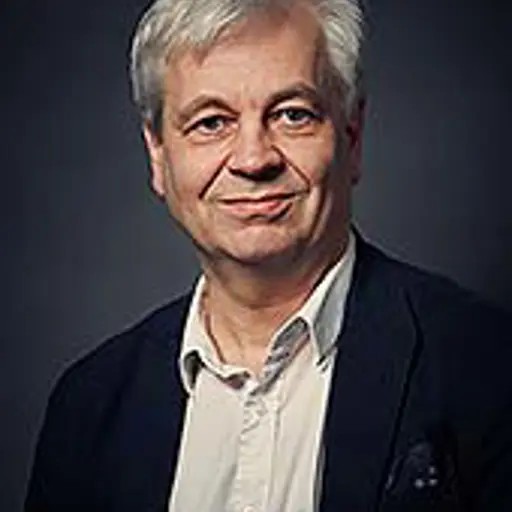






On a grey November morning, we park our rented minibuses outside IKEA's headquarter in Älmhult. The rain has, more or less, been a faithful companion since our journey started early this morning. Inside IKEA's museum, we meet up with our hosts; Gediminas Markevicius, Catarina Vannfält and Linda Wilkens.

The FibRe NextGen, the competence centre’s PhD students and postdocs, is on a study trip to IKEA, who is both a strategic partner to Chalmers and a partner in FibRe. The purpose of the visit is to provide NextGen with an opportunity to see IKEA’s activities and to take part in and be inspired by their innovation work. NextGen has already had the chance to visit several of the partners in the centre, and it has been very appreciated each time.
Five pillars of design
IKEA's product development rests on five pillars: low price, form, quality, sustainability and function, where low price has been fundamental to everything they have done since Ingvar Kamprad founded the company. For innovation this is a great source of inspiration for creative solutions - to think outside the box. From the start, low price was almost synonymous with sustainability, our guide tells us, as you usually got the cheapest solution by using as little resources as possible and by reusing what already existed. However, this is no longer the case, which is why sustainability has become an increasingly important company cornerstone.
The prototype shop was like a dream come true for any engineer, offering an extraordinary playground where innovation and creativity merge seamlessly.

In the prototype shop, many ideas are tested at an early stage before they are further developed into final products, a process that may take up to ten years. They work with different methods such as 3D printing, textiles, wood, metal and paintwork, depending on what is to be tested. The Product Development Centre also has equipment for testing at a later stage, especially surface treatments such as various types of foiling and painting. Everything is done in several layers and there is a lot to gain in both cost and emissions. For example, for each layer of spray paint that can be replaced with a roller, the cost reduction is 2%, as you can paint thinner layers and reduce waste. This means less paint is used, resulting in a smaller carbon footprint.
Big effects even with small improvements
Given IKEA's significant global influence as a major employer with numerous partners and, most importantly, a huge customer base, the actions taken by the company carry substantial implications. And with their large scale, even the smallest reduction in economical or environmental cost, at any stage of the process, has a huge impact.
“FibRe's vision is to replace thermoplastic fossil-based plastics with cellulose-based ones. The fact that IKEA has large-scale production, using thermoplastic materials where lignocellulose could be a suitable replacement candidate, makes them an interesting partner in FibRe”, says Prof. Anette Larsson, Director for FibRe. In other words, there are great opportunities to reduce the climate footprint through reduced carbon dioxide emissions.
Mutual exchange
”It was a pleasure hosting the Nextgen Fiber researchers for a day" says Gediminas Markevicius, Material & Innovation Developer at IKEA of Sweden AB. "I believe it was a mutually interesting exchange. We have tried providing a glimpse into product and material development but have also learned ourselves from the discussions and the questions brought up by the researchers during the visit.”
Anette Larsson agrees. "It was a great pleasure for me and NextGen to visit IKEA and their labs in Älmhult. Such field trips make it easier for us to see how the centre fits into the Swedish innovation landscape. I also think it inspires NextGen in their daily work in the labs at Chalmers and KTH, showing that their research result may end up in products beneficial for companies and society. For me, it is awesome to meet Swedish companies that continuously work with sustainability efforts, and the size of IKEA and many of the other partners in FibRe gives them a unique opportunity to improve our environment.
Lars Nyborg, Director of Production Area of Advance, also sees great benefits in academia and industry meeting in a more relaxed and curious way and gaining insight into each other's everyday lives. "Since IKEA is both a strategic partner to Chalmers, with Production Area of Advance as host, and a partner in FibRe, this is a great opportunity to contribute to development in education, research and innovation for joint profitable and sustainable growth, competitiveness and attractiveness.”

- Centrumföreståndare, Chemistry and Chemical Engineering

- Full Professor, Materials and Manufacture, Industrial and Materials Science